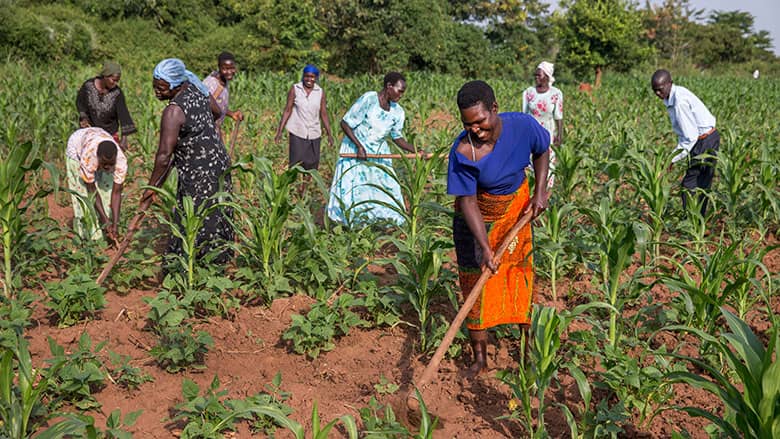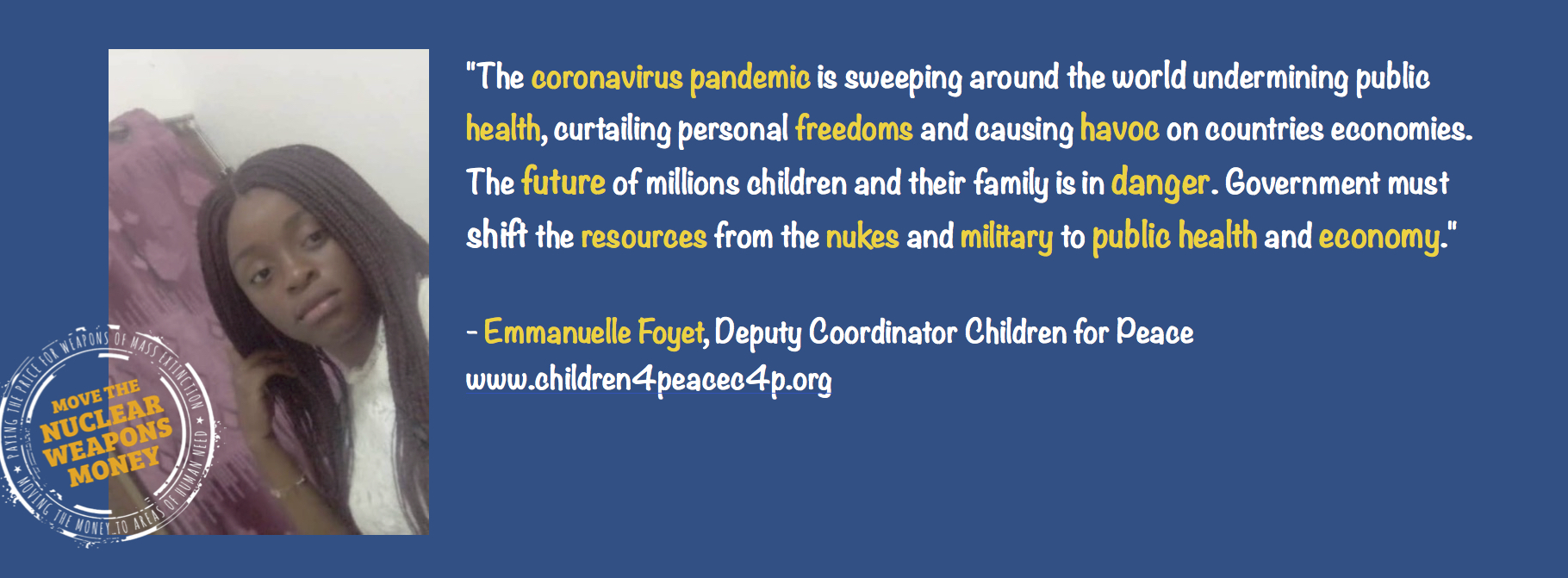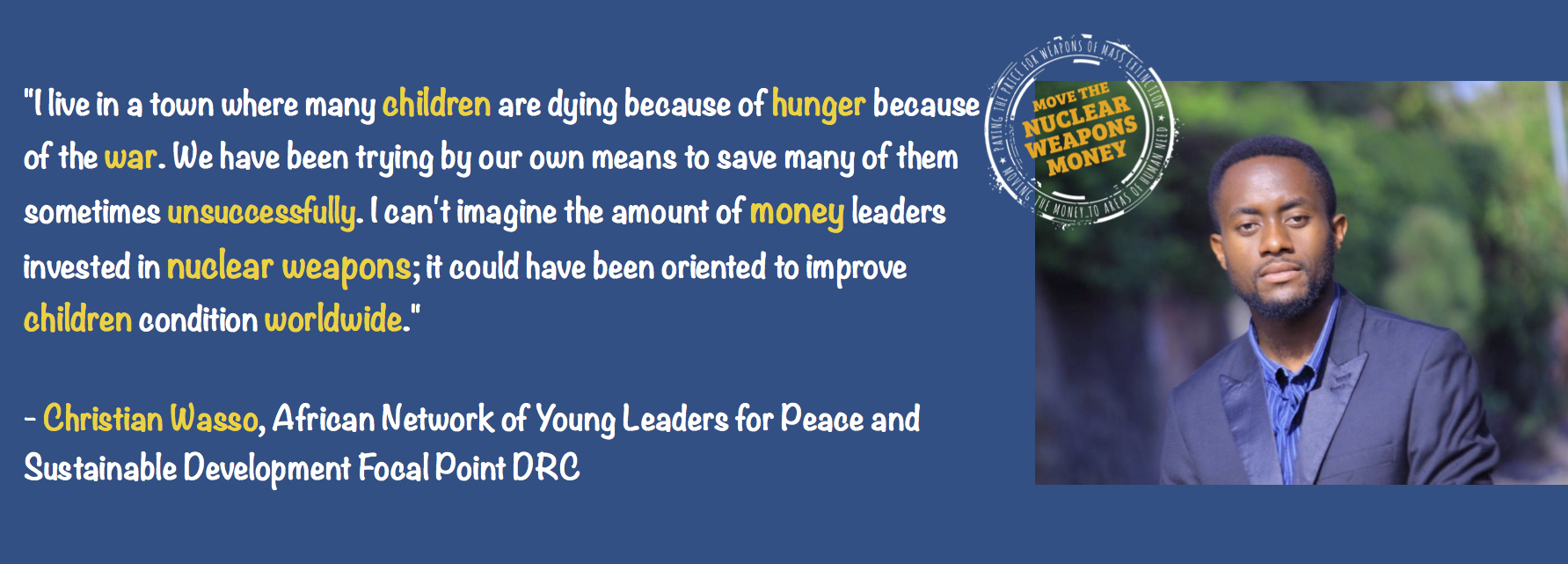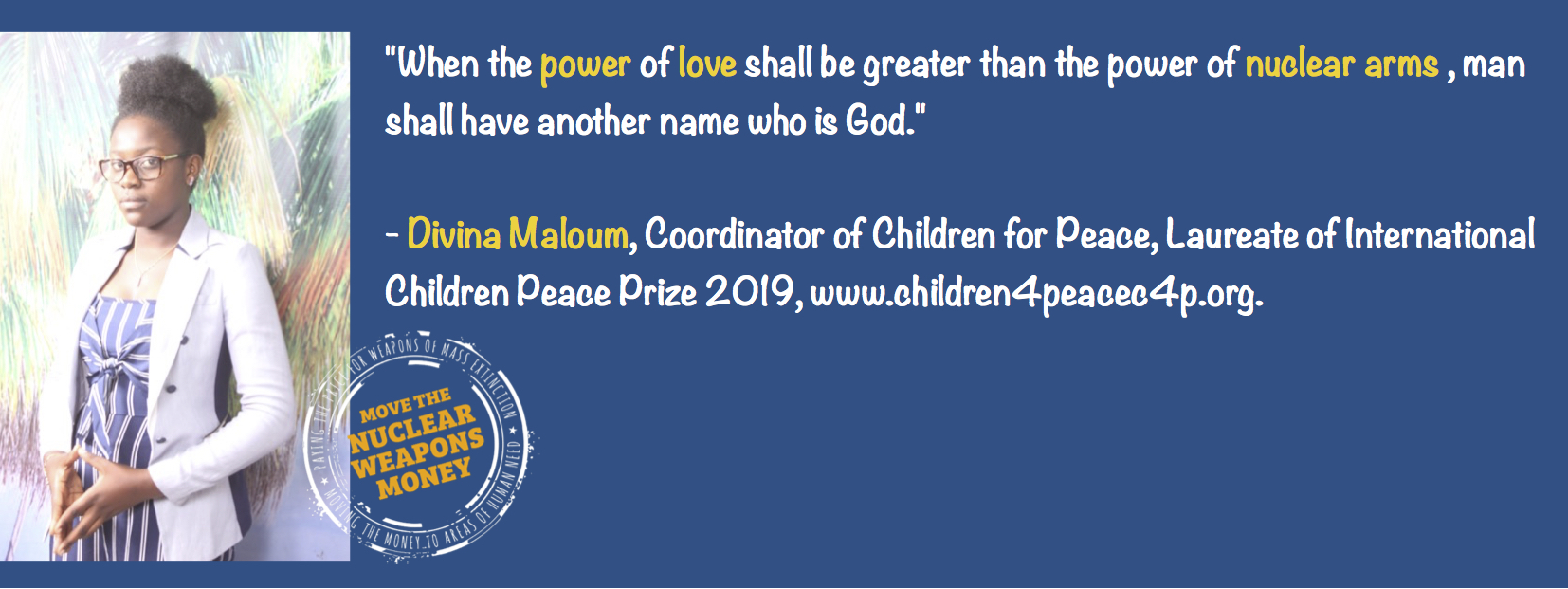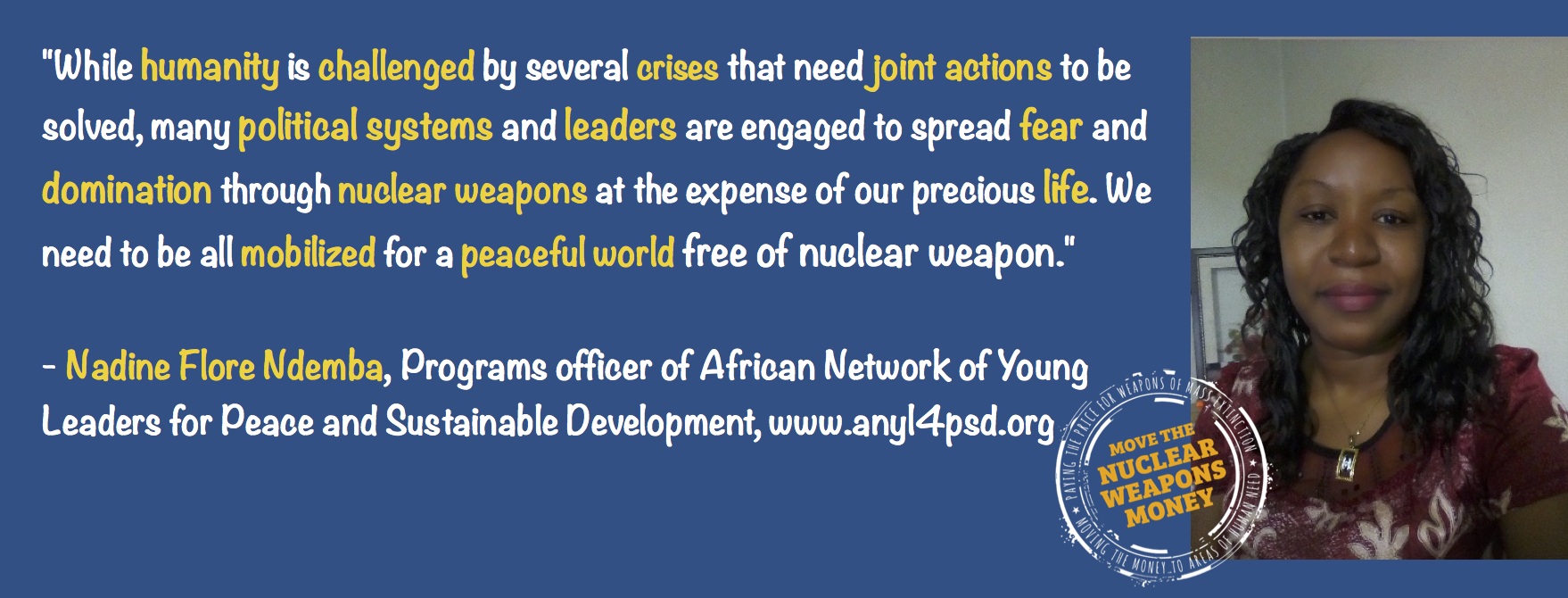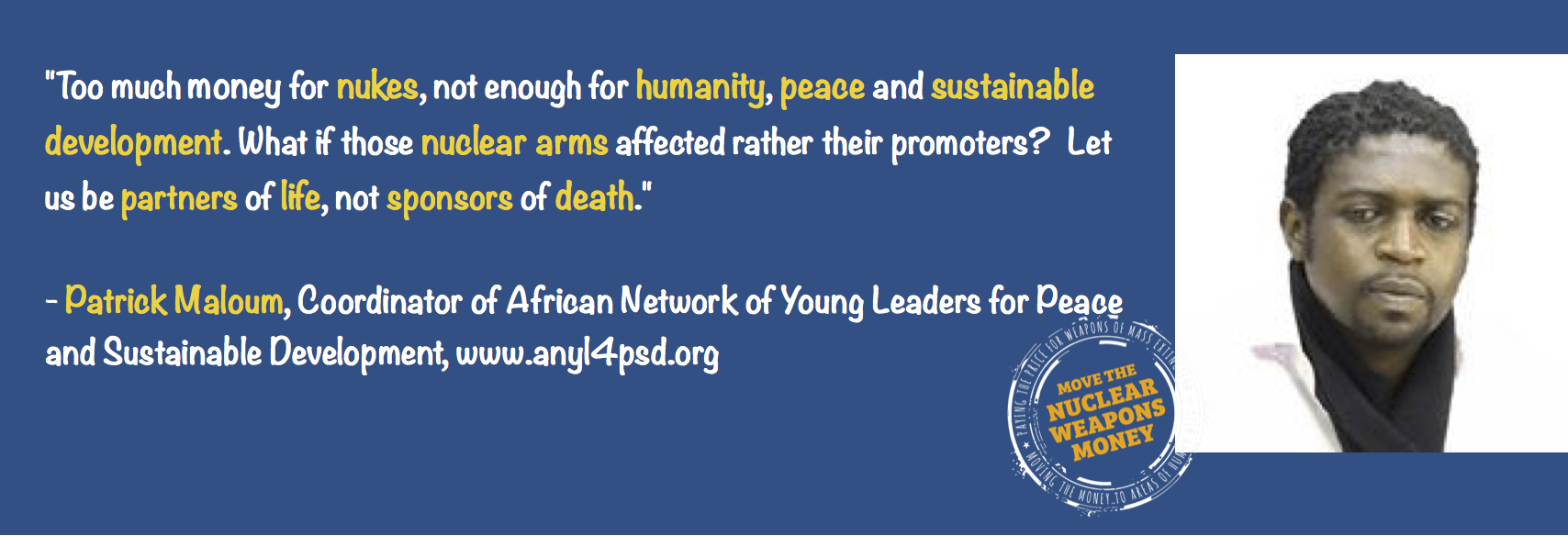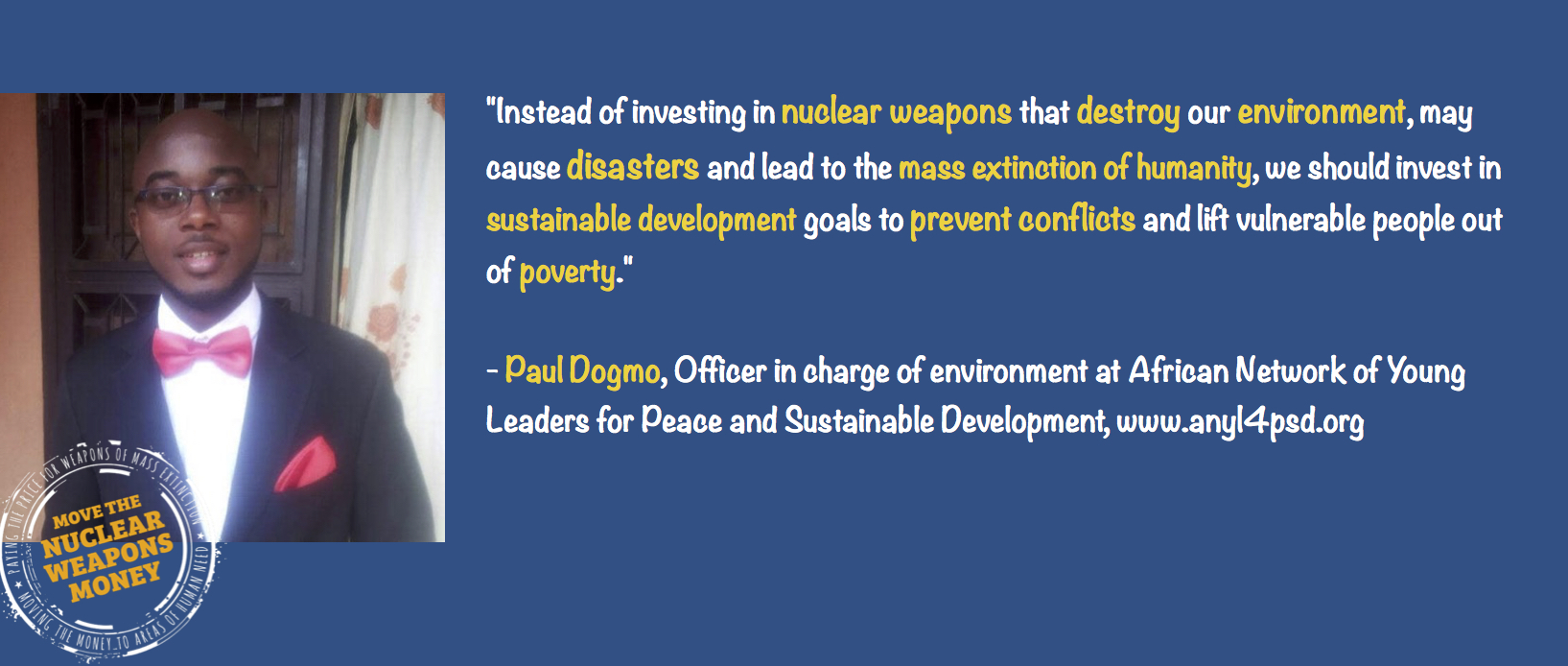- INTRODUCTION
Agriculture is the biggest single industry in many developing countries of the world. Benin is a West African country in which agriculture plays an important economic role. The agricultural sector employs about 70% of the population and contributes to 39% of the Gross Domestic Product (GDP) (Awoye, 2015) of Benin. It also provides about 88% of the country’s export earnings (Awoye, 2015). The lack of modern farming technologies, poor soil, land degradation, and the rapid population growth constitute the challenges that Benin agriculture is facing. In Benin, the farmers rely highly on the rain-fed agriculture for crop productions. The high dependence on rain-fed agriculture combined with low socioeconomic development expose subsistence agriculture farmers to external shocks such as climate variability and climate change impacts. Empirical evidence reveals that the increasing of global temperature is likely to boost agricultural production in the temperate region, and it is expected to reduce yields in the tropical regions of the world (WTO –UNEP, 2009). Studies conducted by Afouda (1990), Houndénou (1999), Ogouwalé (2006)and Boko (1988) cited by Tidjani (2012) , revealed that there is increasing of minimum temperature and agricultural season length is shortening in Benin. Some regional climate models predict a decrease of annual rainfall up to 30% by 2050 in Benin with a significant within- region differences (Paeth et al., 2008). This change will decrease yield production already challenged by limited access to capital, markets, infrastructure and technology. Benin has already experienced food insecurity and climate change will exacerbate it through the increase in frequency of adverse weather events. The Northwest part of Benin (Atacora) is characterized by a unimodal rainfall regime (peak in August). This means the district is more heavily exposed to the impact of climate change. A well-known study in this respect is the one carried out on farmers’ perception and impact of climate change on production and yam varietal diversity in Northwest of Benin (Loko et al., 2013). Fewresearch works have been conducted in that on the impacts of climate change on the major staple food crops and farmers’ adaptation strategies to this change in the district. This present study examines the impact of climate change on major staple food crops (yam, maize, sorghum, and rice and bean productions) and farmers’ adaptation strategies to this change in Atacora. The section 2 explaines the methodogy used to achieve the goal of this study. The section 3 shows the results of the analysis.
- MATERIALS and METHODS
The study area is the Atacora, located in northwest Benin, it counts nine communes, which are: Natitingou, Kérou, Kouandé, Péhunco, Cobly, Boukoumbé, Matéri, Toucountouna, and Tanguiéta. It shares borders with the Republic of Burkina-Faso in the North, a Donga district in the South, Alibori and Borgou district in the East and Republic of Togo to the West (Figure 1). This district is characterized by a unimodalrainfall distribution (peak in August). The rainfall is unpredictable and irregular with an average between 800 and 950 mm per year (Dansi, Adoukonou-sagbadja, &Vodouhe, 2010). The wet season starts from late mid-June to late October while April-May is the dry season. The landscape in this region is composed of Rocky Mountains, with tropical ferruginous soils and wetland (Dansi et al., 2010). The territory of Atacora consists of 772,262 inhabitants unequally distributed in 384 villages (RGPH-4, 2013). The mean population density is 38 inhabitants/km2 (RGPH-4, 2013). The district is inhabited by seven ethnic groups Bariba, Berba, Ditamari, Lamba, Natimba, Wama and Bialli (Dansi and al., 2010). The main livelihood of the population is farming.
For this study, five communes (Boukoumbe, Cobly, Kérou, Matéri, and Toucontouna) have been selected based on the ethnolinguistic map of Benin and the agricultural potential of each commune. Two villages were chosen per commune. An exploratory survey was conducted to identify the two villages retained for this study. Within each village the interviews were conducted to identify the major staple food crops grown and communities’ adaptive measures developed to cope with the adverse impacts of climate change in the five communes. The temperature (°C), and rainfall (mm) data from 1986 to 2016 was obtained from the National Meteorological Service of Benin while data on major staple food crops for 1986 to 2016 was collected from CARDER (Centre d’Action Régional de Dévelopement Rural) and INSAE (Institut National de Statistique et de l’Analyse Economique). The total annual crop productions of five communes for each major staple food crops grown were obtained by calculating the sum of each crop production of five communes. The rainfall and temperature anomalies were calculated for all the years from the use of the long-term mean, yearly mean and the standard deviation using equation below:
φ = x- x ̅ / σ
Where φrepresents the anomaly value of rainfall and temperature, x is the actual value of each parameter (temperature and rainfall), x ̅ is the long term mean value of each parameter (temperature and rainfall), σ is the standard deviation.
For each major staple food crops the multiple linear regressions model were realized to see their associations with temperature and rainfall. A statistical test was performed using the Software R software. Also, the Excel spreadsheet was used to design the figures.
The model is specified asWhere, Y represents yam, maize, bean, sorghum and rice outputs at time I, x Temperature 1, x Rainfalls 1,μ Stochastic term β β and β = constants
Figure 1. Map of Atacora District |
|
- RESULTS
3.1. Climatic condition in Atacora
Observed rainfall and temperature trends
Figure 2.Standardized anomalies of rainfall and temperature in Atacora
The analysis of figure 2 shows the variations trends of temperature and rainfall distribution in Atacora from 1986-2016. Between 1986 to 1997, the temperature trend have been fluctuating and decreasing with values ranging from -1.85 to -0.35°C while a positive trend of temperature was observed from 1998 to 2016. For the precipitation, the positive trend was recorded over the period 1986 to 2004 and the reverse in trend was observed 2004 to 2016.
3.2. Farmers’ strategies for adaptation to climate change in ATACORA
Farmers have adopted different strategies to adapt to climate change and climate variability. Farming is the main occupation for the majority of the sample households. Based on the household survey data collected from 422 households, the farmers reported that they are using different adaptation strategies to reduce the negative impact of climate change. Thirteen (3.08%) farmers use agroforestry (nere’, Shea, tree species), sixty-five farmers shift their cropping calendars (15.4%), fifty-nine farmers (13.98%) exploit the shallows for their crop production, fifty-five farmers use mixed cropping(13.03%), seventy-five farmers apply chemical fertilizers and pesticides (17.78%), hundred-five farmers adopt short season crop with high yield (24.89%), thirty-eight farmers use agricultural expansion (9%), and twelve farmers (2.84%) breed animals to compensate crop failure due to climate variability (Figure 3). The strategy used by each farmers, has a specific purpose, although the ultimate and common goal is adaptation to climate change. Some farmers who practice agro-forestry (integrate trees and crops) had a deep knowledge of the benefits of such practice: preventing soil erosion, reducing losses of water, availability of organic matter and nutrients, reducing the amount of agricultural insect pests and associated diseases etc. The mixed cropping frequently mentioned by farmers was: maize–sorghum, sorghum-millet, maize–groundnut, maize–bean, maize–millet–sorghum, and maize -cassava. It should also be noted that farmers associate these practices with a concern for preserving food and nutritional security of the household. Farmers are seeking to increase the chances of guaranteeing a minimum of products after harvesting. “If one fails, the other can succeed,” said the respondents. Farmers used short season crop with high yield, and shallows as an adaptation strategy to reduce the adverse effect of climate change. They also used chemical fertilizers to increase crop productivity and pesticides to control pests and diseases. In addition, some farmers have adopted small ruminant and poultry farming to diversify their sources of income.
Figure 3.
Farmers’ strategies for adaptation to climate change
3.3. Agricultural productions in Atacora
Yield of major staple food crops in Atacora
Figure 4 shows the evolution of yield of the main agricultural commodities over the thirty years. The figure shows that yam, rice and maize have dominated the increases in production over time. The yield increases for sorghum and the produced beanhas been slow as compared to the yam, rice and maize production. This has happened as a result of the strategy adaptation adopted by the farmers to cope with the negative impacts of climate variation. As strategy, the farmers reducing crop area of long crop seasons (sorghum) and increasing cultivated land of short season crop with high yield (maize and rice). Bean areas have not increased because of theincreasing pests and diseases for this crop. Yam production has increased mostly as a result of area expansion. Despite the fact that there is no introduction of new breeds of yam-seedlings, the cultivated land of this culture is expanded as the main means to maintain the level of yam production because of the important role that this crop plays in cultural practices. This is a reflection of the lack of support for agricultural production of yam, bean and sorghum, the lack of inputs and services to support the intensification of these crops production systems.
Figure 4.Yield of major staple food crops in Atacora over thirty years
- Relationship between climate variables and crop yields
Several recent studies (Jarvis et al., 2012; Rosenthal & Ort, 2012; and Liu et al., 2008) indicate that climate change in Africa will have variable impacts on crops, with both production losses and gains possible. The multiple regressions were used to see the associations of climatic variables with crop yields in Atacora. The results revealed that the rainfall has significant effect on the output of maize and sorghum at four percent (4%) and for bean at three percent (3%) with a negative coefficient of -0.78, -0.23 and -0.31(Table 1). This result shows that if the rainfall increases by one unit (1), then maize, sorghum and bean outputs will decrease by 0.23, 0.31, and 0.78 kilograms respectively in the long run. Rice and yam outputs show that the temperature has a significant effect on rice and yam with a positive coefficient of 62.2 and 70.5 respectively implying that if temperature increases by one unit rice and yam outputs will increase by 62.2 and 70.5 kilograms respectively (Table 1).
Table 1.Multiple regression results according to climate variables and crop yields
Dependent variables | Independent variables | Coefficient | Std. Error | t value | Pr(>|t| |
Rice | Intercept | -144.1 | 162.25 | -3.26 | 0.002** |
Rainfall | -0.45 | 1.45 | -0.31 | 0.75ns |
Temperature | 62.25 | 17.5 | 3.55 | 0.001** |
| | | | | |
Maize | Intercept | 2503.67 | 5199.51 | 0.48 | 0.63ns |
| Rainfall | -0.78 | 0.37 | -2.10 | 0.04 * |
| Temperature | -2.38 | 150.77 | -0.01 | 0.98ns |
| | | | | |
Sorghum | Intercept | 4072.56 | 1543.91 | 2.63 | 0.01 * |
Rainfall | -0.23 | 0.11 | -2.09 | 0.04 * |
Temperature | -88.11 | 44.76 | -1.96 | 0.05 ns |
| | | | | |
Bean | Intercept | -511.03 | 2026.53 | -0.25 | 0.80ns |
Rainfall | -0.31 | 0.14 | -2.17 | 0.03* |
Temperature | 53.08 | 58.76 | 0.90 | 0.37ns |
| | | | | |
Yam | Intercept | -118.47 | 79.44 | -1.49 | 0.14 |
Temperature | 70.56 | 31.16 | 2.26 | 0.03 * |
Rainfall | 1.49 | 1.05 | 0.3860.38 | 0.70 |
Note: *= Significant at 5% ns= non-significant
CONCLUSION
The study examines the effects on temperature and rainfall variability on yam, maize, bean, sorghum and rice output in Atacora from 1986 to 2016 and farmers’ adaptation strategies to this change. Results from the study revealed that there is an increase in temperature and decreasing rainfall pattern in the study area. Also, this study discovers that temperature significantly affects outputs of yam and rice while rainfall has significant effect on the output of maize, bean, sorghum over the period under study. In response to climate variation, farmers adjust their cropping calendars by shifting either forward or backward the timing of land preparation and seedling, adopt short season crop with high yield, use the shallows for agricultural productions, use of chemical fertilizers and pesticides, reducing land of long crop seasons and increasing cultivated land of short duration high yielding crops. The use of chemical fertilizers release the nitrous oxide into the atmosphere which is the most important contribution of GHGs related to agriculture. As the population continues to grow and progress is made in achieving food and nutrition security for the population, chemical fertilizer use will increase for the foreseeable future. This will increase concentrations of nitrous oxide in the atmosphere and will cause a heavy strain on the environment as well as on the quality of the food produced.The problems of climate change are already with us, therefore the private sectors and Beninese government should focus on improved agricultural productivity by developing technology which will not contribute to changes in climate, but increased production through proper funding and implementation. With the decreasing rainfall amount and increasing of temperature, Beninese government should start to invest on irrigation farming in this locality rather than relying more on rain-fed agriculture that is highly unreliable and becoming more unpredictable. In addition, farmers should be sensitized about the negative effects of the long-term application of chemical fertilizers and pesticides on the environment, human health and soil fertility.
BIBLIOGRAPHY
Awoye, O. H. R. (2015). The implication of Future Climate Change on Agricultural production in Tropical West Africa. (Unpublished doctoral dissertation), Porto-Novo (Benin), 1-189.I
Ayanlade, A. (2010). Impacts of climate variability on tuber crops in Guinea Savanna part of Nigeria: a GIS approach. Journal of Geography and …, 2(1), 27–35. Retrieved from http://www.ccsenet.org/journal/index.php/jgg/article/download/7274/5762
Dansi, A., Adoukonou-sagbadja, H., &Vodouhe, R. (2010). Diversity, conservation and related wild species of Fonio millet ( Digitaria spp.) in the northwest of Benin. Genet Resour Crop Evol 57:827–839. https://doi.org/10.1007/s10722-009-9522-3
Ejikeme, O., &Akpabio, E. M. (2017). The geography of yam cultivation in southern Nigeria: exploring its social meanings and cultural functions. Journal of Ethnic Foods, 4 (1), 28‐35 https:doi.org/10.1016/j.jef.2027.02.004
Eregha, P. B., Babatolu, J. S., &Akinnubi, R. T. (2014). Climate change and crop production in Nigeria: An error correction modelling approach. International Journal of Energy Economics and Policy, 4(2), 297–311. Retrieved from http://www.scopus.com/inward/record.url?eid=2s2.084897106987&partnerID=40&md5=333625e2e579aba6c9ef15ea1790a8f3
Jarvis, A., Ramirez-Villegas, J., Campo, B.V.H., & Navarro-Racines, C. (2012). Is cassava the answer to African
climate change adaptation? Tropical Plant Biology, 5(1), pp.9-29.
Liu, J. , Fritz, S. ,. vanWesenbeeck, C.F.A, Fuchs, M. , You, L., Obersteiner, M. , & Yang, H. (2008). A spatially explicit assessment of current and future hotspots of hunger in sub-Saharan Africa in the context of global change. Global and Planetary Change, 64(3-4), pp. 222-235.
Loko, Y. L., Dansi, A., Agre, A. P., Akpa, N., Assogba, P., Dansi, M., &Sanni, K. A. A. (2013).Perceptions paysannes et impacts des changements climatiques sur la production et la diversité variétale de l ’ igname dans la zone aride du nord-ouest du Bénin, 7(April), 672–695.
Mikova, K. (2015). Effect of Climate Change on Crop Production in Rwanda. Earth Sciences, 4(3), 120. https://doi.org/10.11648/j.earth.20150403.15
Paeth, H., Hall, N.M.J., Gaertner, M.A., Dominguez Alonso, M., Moumouni, S., Polcher, J., Ruti, P.M., Fink, A.H., Gosset, M., Lebel, T., Gaye, A.T., Rowell, D.P., Moufouma-Okia, W., Jacob, D., Rockel, B., Giorgi, F., regional downscaling of West African precipitation. Atmospheric Science Letters 12, 75–82.
Pi, A., Bc, A., &Bogbenda, A. (2017). Simulating the effect of climate change on the output of major crops in Benue State Nigeria, 5(4), 594–602.
Regh, T., Bossa, A. Y., &Diekkrüger, B. (2014). Scenario-based simulations of the impacts of rainfall variability and management options on maize production in Benin, 9(46), 3393–3410. https://doi.org/10.5897/AJAR2014.8757
Recensement Général de la Population et de L’Habitation (RGPH4). (2013). Effectifs de la Population des Villages et Quartiers de ville du Benin. Republique du Benin, Mai, 2-83.
Rosenthal, D. M., &Ort, D. R. (2012).Examining cassava’s potential to enhance food security under climate change.
Tropical Plant Biology, 5(1), pp. 30-38.
Tidjani, M.A., &Akponikpe,P.B.I. (2012).Evaluation des stratégies paysannes d’adaptation aux changements climatiques : cas de la production du maïs au nord-bénin. African Crop Science Journal, Vol. 20, 425–441.
World Trade Organization & the United Nations Environmental (WTO-UNEP) Report (2009), On Trade and Climate Change. Switzerland. World Trade Organization. www.wto.org/english/res_e/booksp_e/trade_climate_change_e.pdf
Uger, F. I. (2017). Impact of Climate Variability on Yam Production in Benue State: an Empirical Analysis, 4(2), 14–23.



